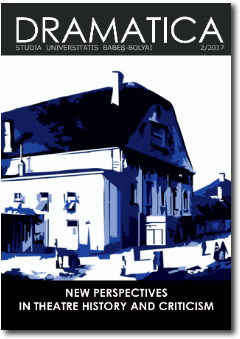ANCIENT CHOREIA IN NEUROCOGNITIVE CONTEXT
ANCIENT CHOREIA IN NEUROCOGNITIVE CONTEXT
Author(s): Tomasz CiesielskiSubject(s): Fine Arts / Performing Arts
Published by: Studia Universitatis Babes-Bolyai
Keywords: ancient dances; dance reconstruction; cognitive aesthetics; neuroaesthetics; sensorimotor aesthetics; joint action.
Summary/Abstract: This paper addresses the problem of difficulties in the detailed reflection of the ancient aesthetic terms, in this case choreia - triune of dance, music and singing. The paper hypothesis is that an important contribution to understanding of choreia can be brought from contemporary cognitive sciences and neurosciences. Firstly, an outline of the key historical and anthropological research on the ancient term is presented, attained from classical sources as well as the recent analysis. The issues that need clarification are then listed. In the context of choreia it is primarily the type or level of experience, in which the unity of music, singing and dancing would emerge. Analysis of the neural correlates of predominantly motion, but also music and language perception entails to recognize in them the potential basis for a unity of artistic elements particularly in the cognitive experience of both the performer and spectator. Further analysis within the cognitive theories regarding movement control and the origins of the language contrives to see choreia as a specific cognitive quality. The conclusions from these considerations are then applied to the analysis of the performances of CHOREA Theatre Association, which refers to ancient patterns. It leads to a further refinement of the choreia’s analysis and indicate possible directions for further research.
Journal: Studia Universitatis Babes-Bolyai - Dramatica
- Issue Year: 62/2017
- Issue No: 2
- Page Range: 115-130
- Page Count: 16
- Language: English

